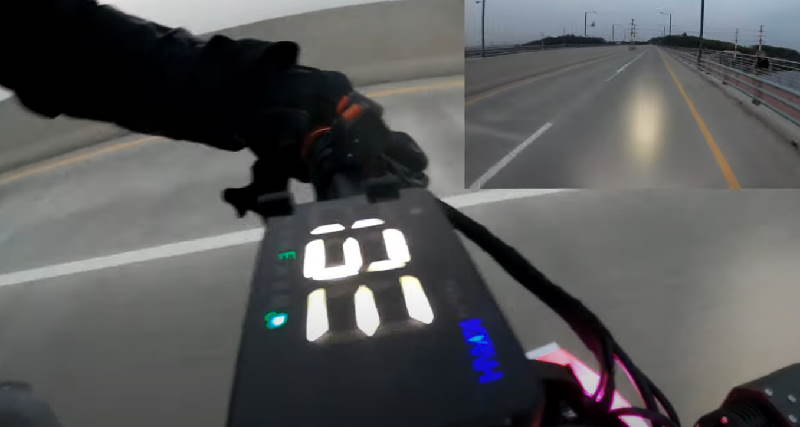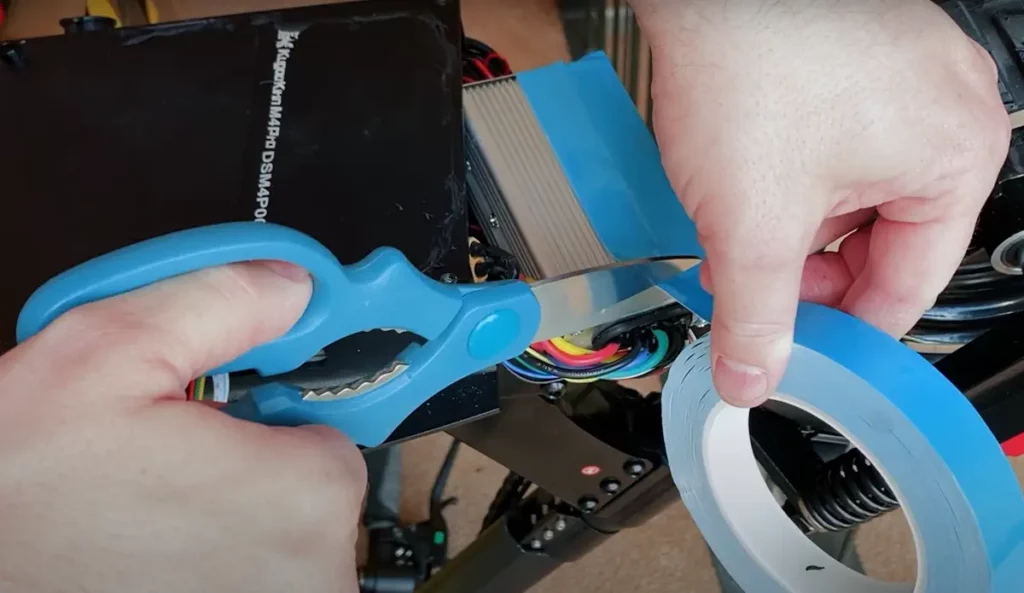In this electric scooter winter guide I’ll walk you through everything you need to know for riding your scooter in winter and how to get your e-scooter ready for the chilly season. Plus, find out if it’s possible to ride your scooter on snow.
-
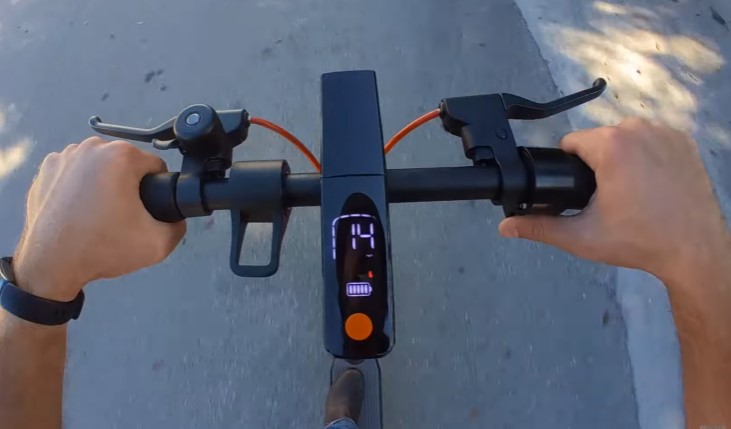 Slow down and steer more carefully, especially on slippery surfacesDifficulty: easyCost: freeRisk: freeSlow down due to the inherent slipperiness of frozen and wet roads and to be cautious on fresh, less dense snow to avoid the risk of falling.
Slow down and steer more carefully, especially on slippery surfacesDifficulty: easyCost: freeRisk: freeSlow down due to the inherent slipperiness of frozen and wet roads and to be cautious on fresh, less dense snow to avoid the risk of falling. -
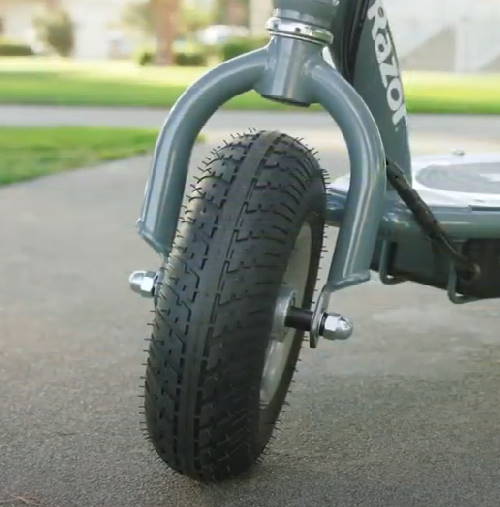 Deflate your tires a bitDifficulty: moderateCost: freeRisk: freeReduce tire pressure by 3-5 PSI initially, consider further if slipping continues; it improves winter traction and braking, but reinflate tires when winter ends.
Deflate your tires a bitDifficulty: moderateCost: freeRisk: freeReduce tire pressure by 3-5 PSI initially, consider further if slipping continues; it improves winter traction and braking, but reinflate tires when winter ends. -
 Replace your standard tires with wider or off-road onesDifficulty: moderateCost: expensiveRisk: freeChoose air-filled, wider, patterned off-road scooter tires for improved winter performance, and consider replacing your regular tires with these options.
Replace your standard tires with wider or off-road onesDifficulty: moderateCost: expensiveRisk: freeChoose air-filled, wider, patterned off-road scooter tires for improved winter performance, and consider replacing your regular tires with these options. -
 Tighten your brakes a bitDifficulty: moderateCost: freeRisk: freeConsider adjusting your brakes for winter to account for increased braking distances on slippery surfaces.
Tighten your brakes a bitDifficulty: moderateCost: freeRisk: freeConsider adjusting your brakes for winter to account for increased braking distances on slippery surfaces. -
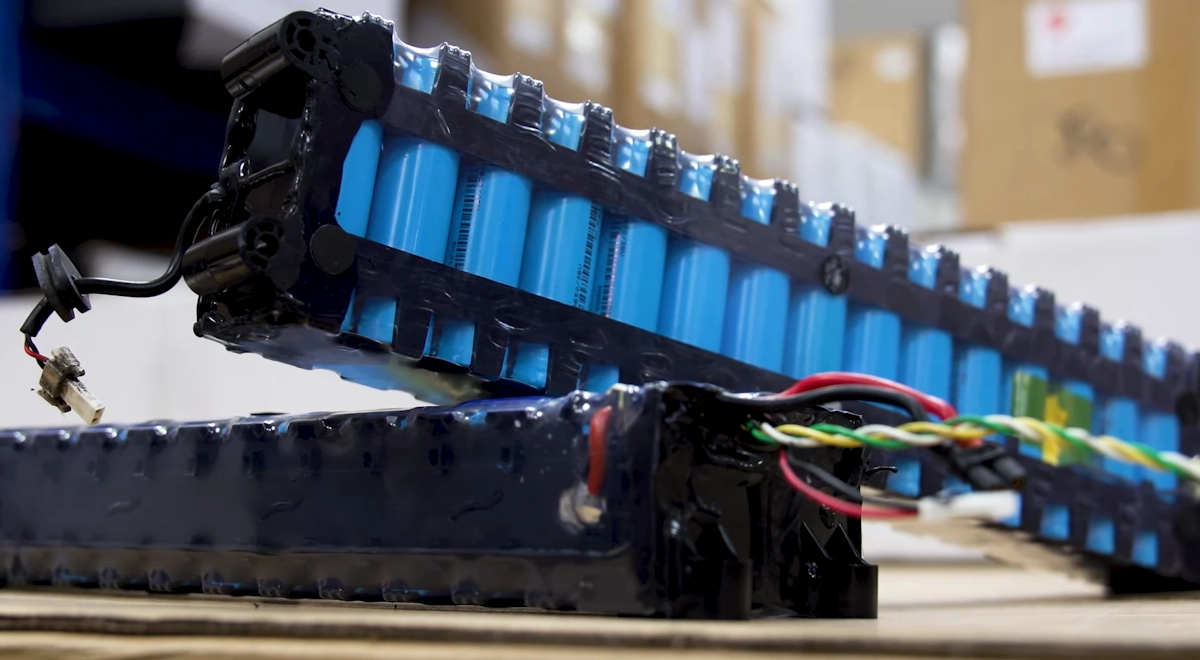 Take better care of your battery during winterDifficulty: easyCost: freeRisk: freeExpect reduced battery life on a single charge due to decreased efficiency in cold weather, causing increased power usage for the same distances.
Take better care of your battery during winterDifficulty: easyCost: freeRisk: freeExpect reduced battery life on a single charge due to decreased efficiency in cold weather, causing increased power usage for the same distances. -
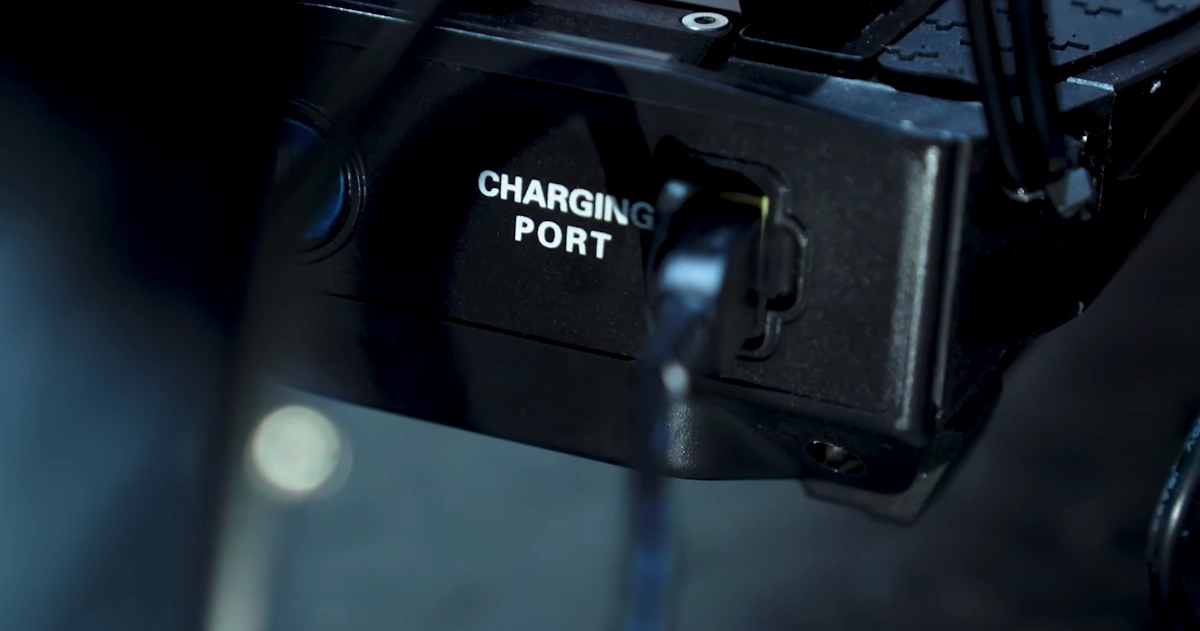 Don’t charge your scooter immediately after riding in the coldDifficulty: easyCost: freeRisk: freeCharge electric scooter batteries at room temperature to avoid slow charging and battery degradation in extreme conditions, taking note of the battery’s own temperature.
Don’t charge your scooter immediately after riding in the coldDifficulty: easyCost: freeRisk: freeCharge electric scooter batteries at room temperature to avoid slow charging and battery degradation in extreme conditions, taking note of the battery’s own temperature. -
 Charge your battery frequently and don’t let it go emptyDifficulty: easyCost: freeRisk: freeCharge your battery regularly to keep it adequately powered.
Charge your battery frequently and don’t let it go emptyDifficulty: easyCost: freeRisk: freeCharge your battery regularly to keep it adequately powered. -
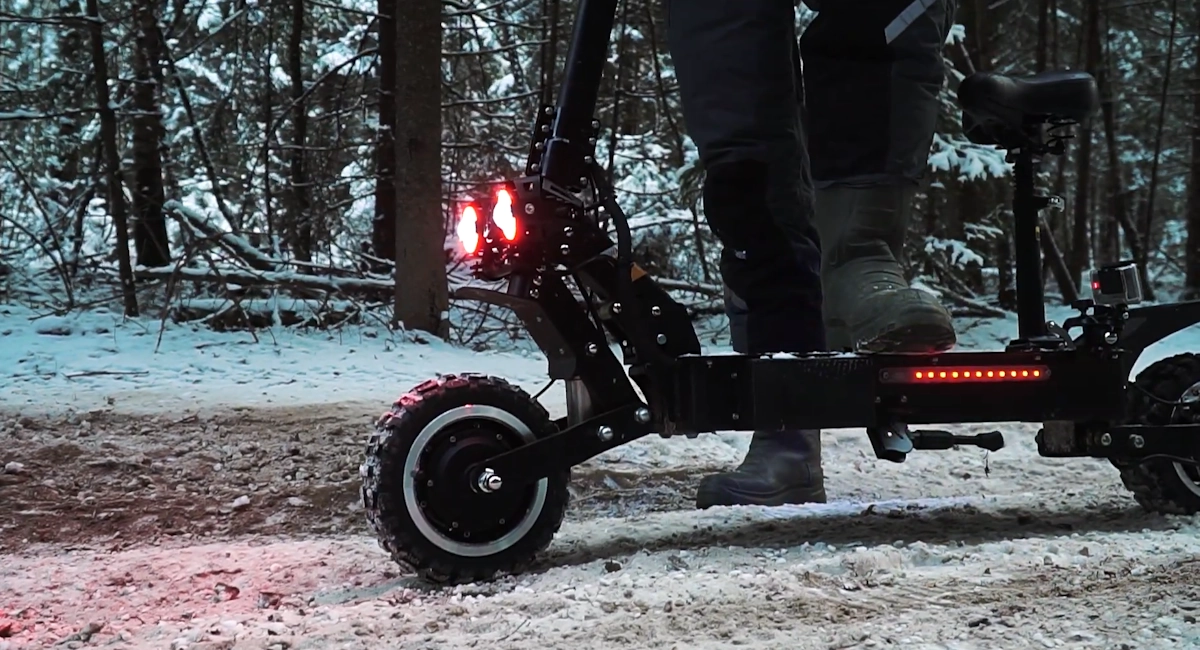 Winter days are shorter – ride for saving powerDifficulty: easyCost: freeRisk: freePrioritize safety but also conserve power by riding at a slower pace and using Eco or Smart mode for efficient battery usage.
Winter days are shorter – ride for saving powerDifficulty: easyCost: freeRisk: freePrioritize safety but also conserve power by riding at a slower pace and using Eco or Smart mode for efficient battery usage. -
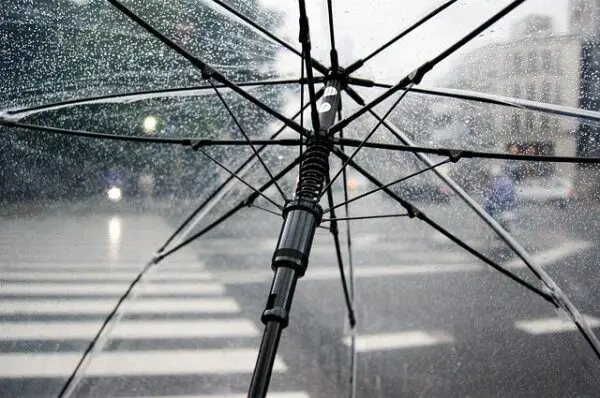 Winterize your electric scooterDifficulty: easyCost: moderateRisk: freeFocus on enhancing its waterproofing by sealing gaps, using o-rings around screws and wires, adding protection to key components, extending the mudguard, waterproofing with silicone, and greasing the motor wheel axles.
Winterize your electric scooterDifficulty: easyCost: moderateRisk: freeFocus on enhancing its waterproofing by sealing gaps, using o-rings around screws and wires, adding protection to key components, extending the mudguard, waterproofing with silicone, and greasing the motor wheel axles. -
 Clean your electric scooter properly and oftenDifficulty: easyCost: freeRisk: freeClean your electric scooters with a microfiber cloth in winter to prevent moisture, salt, and dirt buildup that can lead to rust, impacting battery performance.
Clean your electric scooter properly and oftenDifficulty: easyCost: freeRisk: freeClean your electric scooters with a microfiber cloth in winter to prevent moisture, salt, and dirt buildup that can lead to rust, impacting battery performance. -
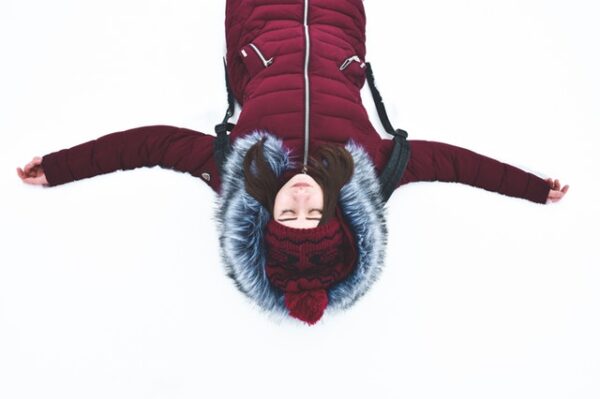 Dress warm and protect yourself against the windDifficulty: easyCost: moderateRisk: freeWear gloves for timely throttle and brake control, use glasses or goggles for adverse weather, and opt for waterproof footwear.
Dress warm and protect yourself against the windDifficulty: easyCost: moderateRisk: freeWear gloves for timely throttle and brake control, use glasses or goggles for adverse weather, and opt for waterproof footwear. -
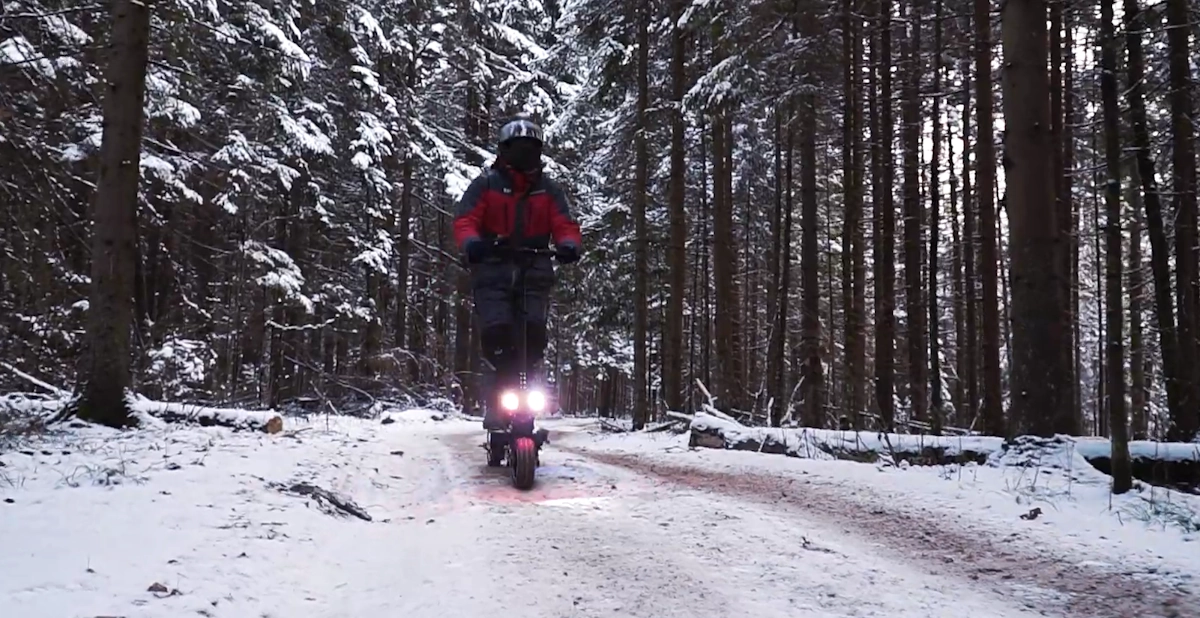 Put as much safety equipment on you as you canDifficulty: easyCost: expensiveRisk: freePrioritize safety gear, including a helmet and elbow/knee pads, especially during winter when the risk of slipping or falling is higher to protect vulnerable areas.
Put as much safety equipment on you as you canDifficulty: easyCost: expensiveRisk: freePrioritize safety gear, including a helmet and elbow/knee pads, especially during winter when the risk of slipping or falling is higher to protect vulnerable areas.
There will be times when you simply have no choice but to ride during the winter (that has been my experience at least). Emergencies or need may force you to ride through the snow, ice, rain, or some other unfavorable winter condition. For some people, electric scooters are still their best option, even if the weather is not very friendly for that.
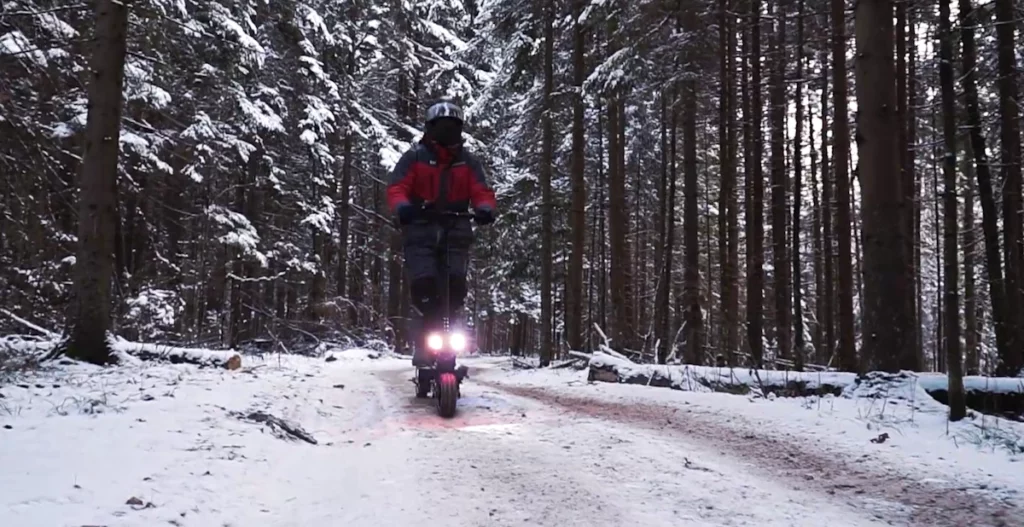
What type of electric scooter is good for the winter?
Electric scooters that are winter-proof will have:
- strong IP water-resistance ratings
- pneumatic instead of solid tires
- wider, bigger, or more deeply patterned tires that prevent slipping and provide extra traction
- dual motors for more control over slippery surfaces
- great brakes and anti-lock braking systems (ABS)
- high-quality battery that is not impacted by low temperatures
- good balance and build quality
Additionally, the scooter not being terribly fast or accelerating too quickly can be a good thing, although that part is also dependent on the rider in large part. An argument can be made for strong lights as well, as winter days are much shorter in most countries.
Can you ride an electric scooter in winter?
You can generally ride an electric scooter in winter. However, the experience will not be ideal, and you may need some additional equipment.
Winter-ready or waterproof scooters handle snow and water well, but icy surfaces demand extra care. Riding in wet conditions remains unpredictable; even well-prepared scooters might encounter issues.
Can you ride an electric scooter in snow?
Even though it’s not recommended, it is possible to ride an electric scooter over packed snow. Most scooters will be able to handle short trips. Riding over deep layers of fresh snow will be unfeasible though. In any case, you should avoid riding on snowy surfaces.
Can you ride an electric scooter on ice?
You can’t ride electric scooters on ice. If you do so, you will probably find it very hard to achieve. If there’s one thing that electric scooters absolutely cannot handle, it’s ice.
If for whatever reason you are determined to do so, make sure your scooter has high-traction tires that are slightly deflated for even more traction.
Electric scooter winter tips
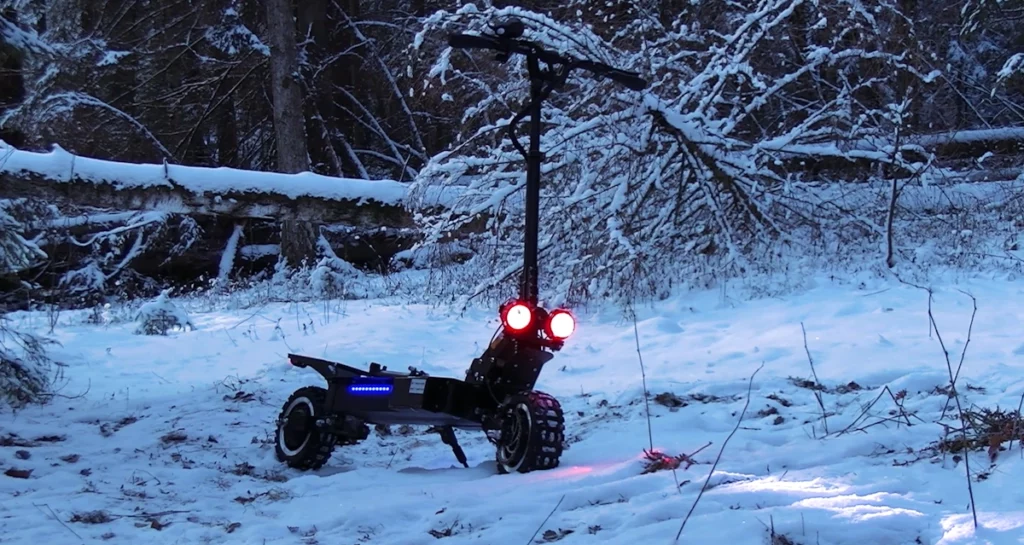
Winter snows look like the nemesis of electric scooters, but there’s one element even worse than the snow. Your biggest concerns with winter rides will be ice and slippery surfaces.
Since we have no power over these circumstances, we can only adjust our riding style for better safety. There are a few things we can do.
1. Slow down and steer more carefully, especially on slippery surfaces
The most crucial step is to slow down, even though it may sound dull.
Remember, winter riding goes against common advice as it’s inherently risky due to their slipperiness on frozen and wet roads.
The same holds for snow, especially on roads with fresh patches. These can be treacherous.
Firmer snow is less slippery, but fresh, less dense snow remains perilous.
Speeding on such surfaces significantly increases your chances of falling, so avoid deep snow to prevent getting stuck.
In addition to reducing your speed, take turns more cautiously to enhance safety and minimize the risk of slipping and falling.
2. Deflate your tires a bit
Slightly reduce the air pressure in your tires, begin with a 3-5 PSI decrease and assess your ride. If slipping persists, consider further deflation.
Lower tire pressure enhances friction, even on slippery surfaces, aiding in slip prevention and better braking during winter.
When winter ends, don’t forget to reinflate your tires to their regular pressure level.
3. Replace your standard tires with wider or off-road ones
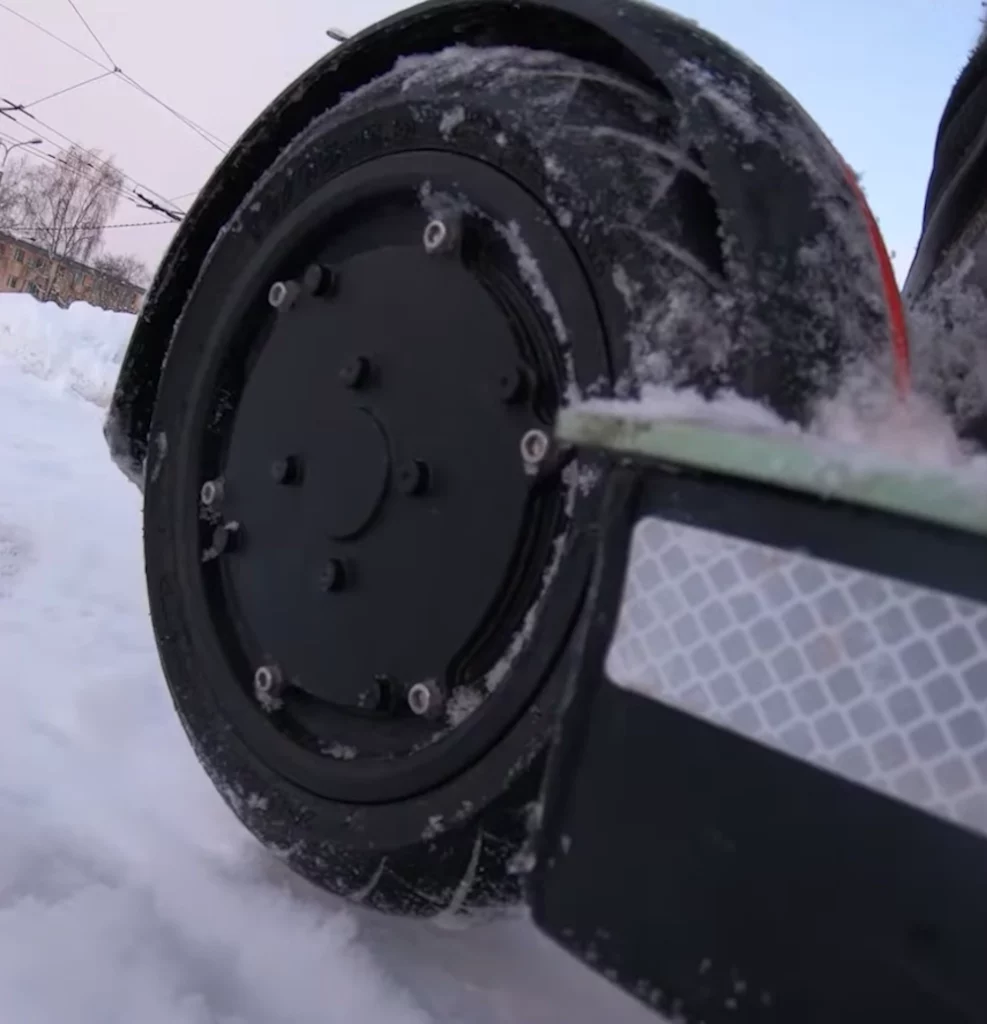
Your scooter’s tires are crucial for winter readiness.
Opt for air-filled tires over solid ones, as they perform better in winter conditions. While changing to pneumatic tires is ideal, it can be challenging.
Off-road tires with wider, patterned designs excel on wet and icy surfaces, ideal for winter rides.
Also, the wider the tire, the better it will be for winter rides and handling slippery surfaces. That’s exactly why off-road tires are often wider as well.
If possible, consider replacing your regular tires with wider or off-road options for winter, either DIY or with professional help.
4. Tighten your brakes a bit
It’s not a rule, but consider adjusting your brakes for winter. Slippery conditions will make braking trickier than usual. You can expect at least 20-30% more of your standard braking distance.
Slightly sensitive brakes help maintain control, but avoid overdoing it to prevent abrupt stops.
Check out this video for adjusting your brakes.
5. Take better care of your battery during winter
Your battery will be one of the most vulnerable parts of your scooter during winter. It will require more attention and care than in the other seasons.
During winter, the battery life on a single charge will be smaller. Batteries are less efficient during cold weather, they use more power for covering the same distances.
6. Don’t charge your scooter immediately after riding in the cold
Electric scooter batteries should be charged at room temperature.
Charging in excessively cold or hot conditions leads to slower charging and accelerated battery degradation.
The battery’s own temperature is crucial. Even if the room is at a moderate temperature, if the battery is too hot or too cold, the same issues will arise.
After returning home with your scooter from outside, allow the battery to adjust gradually to room temperature. This prevents potential damage. A 10-minute wait is advisable, but waiting a bit longer is even safer. As a rule of thumb, if the battery still feels very cold to the touch, it’s wise to wait.
7. Charge your battery frequently and don’t let it go empty
To maintain battery life, remember to charge it regularly. Batteries perform optimally when kept adequately charged.
Avoid fully discharging lithium-ion batteries, which are commonly used in electric scooters, as it causes irreversible damage and reduces their lifespan.
This is especially critical during winter when batteries tend to drain faster.
8. Winter days are shorter – ride for saving power
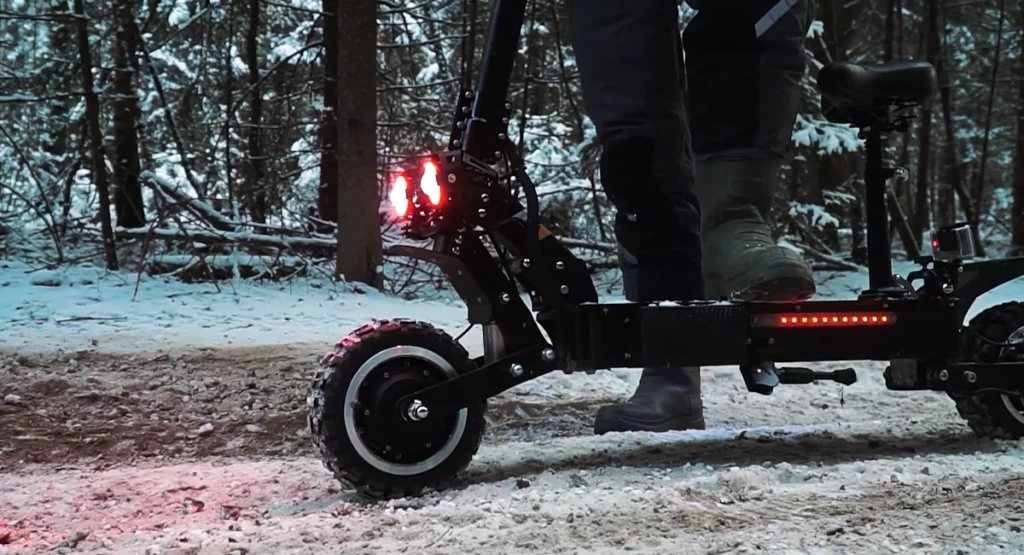
In many regions, winter days have less natural daylight, which necessitates prolonged use of your scooter’s lights. With your battery already at its lowest capacity, this increased usage further strains it.
While prioritizing safety and adhering to scooter safety guidelines is crucial, conserving power is also important. Riding at a slower pace aligns with this approach. Eco or Smart mode typically offers the most efficient battery usage, though it may not apply to all scooters, it holds true for most.
9. Winterize your electric scooter

Apart from snow, winter often brings heavy rain to many places. Ultimately, both result in water puddles on the streets. Hence, it’s crucial for your scooter to be as waterproof as possible.
Many electric scooters are already designed to be water-resistant. While manufacturers generally advise against riding in wet conditions, most scooters can handle some water without issues.
No matter how water-resistant your scooter is, you can always try to make it a bit more so. Some of the most useful things you could do are:
- plug or tape non-functional gaps in the deck
- place some o-rings around non-sealed screws, and over holes with wires or cables
- add additional protection over the power button, the LED screen, and the throttle
- extend the mudguard
- waterproof with silicone
- grease the motor wheel axles
Check out my guide to waterproofing your electric scooter to learn more.
When it comes to electric scooter winter accessories, there are not that many available. The best thing you can do is use handle covers.
10. Clean your electric scooter properly and often
Electric scooters are low-maintenance, but in winter, they need more frequent cleaning due to moisture and salt.
Water and mud make your scooter dirty faster and can cause rust, affecting battery performance. In some areas, road salt accelerates corrosion.
So, clean your scooter as often as possible during winter, ideally after each ride. Use a microfiber cloth; avoid strong water jets as most scooters can’t handle them.
11. Dress warm and protect yourself against the wind
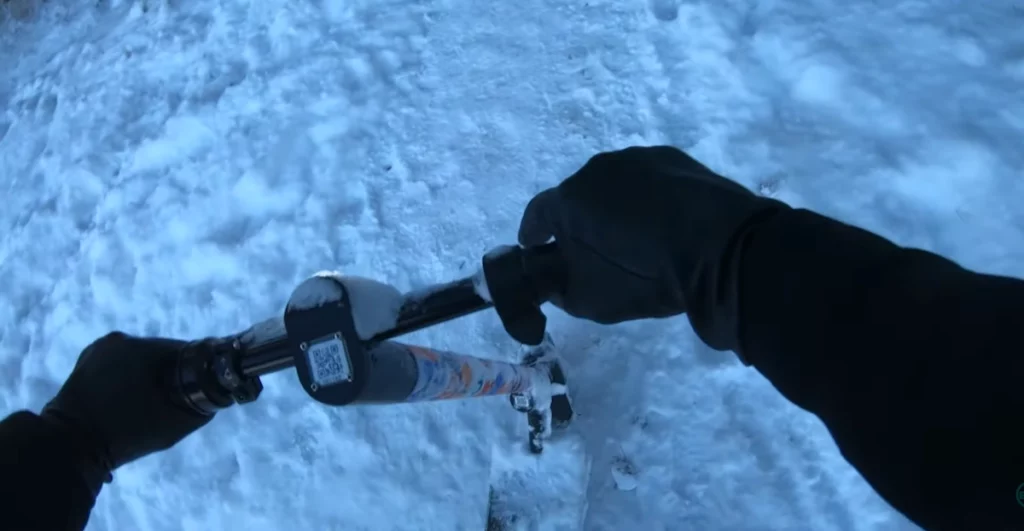
The colder you are while riding, the more distracted you will be from your ride, which increases the odds of making a mistake and getting injured.
So, dress as warm as you can while still being comfortable.
The same applies to being too hot and sweaty too, though. Just make sure you are comfortably dressed during the ride.
Gloves are a must. If you are to be able to hit the throttle and brakes in a timely manner, without your fingers freezing out, you will need a good pair of gloves.
Also, some kind of glasses or goggles will be helpful when there is snow, rain, or strong wind.
Prefer waterproof footwear over regular sneakers. Winter boots will make sure your feet stay warm and dry, and protect you from splashes.
See my complete guide on how to dress for riding an electric scooter to find out the exact tips.
12. Put as much safety equipment on you as you can
Always prioritize safety gear. The helmet is a must; never ride without a suitable helmet for electric scooters.
Additionally, make elbow and knee pads a standard part of your safety equipment, especially during winter when the risk of slipping or falling is higher. Your knees and elbows are vulnerable, so protect them wisely.
How do you store a scooter for the winter?

Follow these steps to properly store your electric scooter for the winter:
- find a dry, dark place, as close to room temperature as possible
- charge the battery to 60%, recharge it to that level once every month
- clean your scooter and make sure it has no water on it so it doesn’t corrode
- make sure the scooter is off
- lock it, both with its own mechanisms and with external safety measures
- put it in a box and a protective waterproof cover
Check out the full guide on how to store your electric scooter for the exact steps to avoid damaging your scooter while storing it.
What the user manuals say

The manuals usually have some warnings about winter rides.
According to them, the primary dangers of riding in the winter are:
- ice
- slippery surfaces
- puddles
- other bodies of water
Many non-off-road electric scooters struggle on icy, snowy, or frozen roads. Slippery winter conditions increase the risk of falls, injuries, and scooter damage.
Manufacturers warn against wet conditions, as most scooters have limited water resistance, and water damage isn’t covered by warranties. Consequently, they typically discourage winter riding.
Conclusion
Is it recommended to ride your electric scooter during winter? Not really.
Can you do it if necessary? Certainly.
Scooters are more resilient than they appear and can handle more than you might imagine.
However, it’s best to avoid winter rides. If you can’t, follow the advice in this guide: ride at a safe speed, dress appropriately with safety gear, and enhance your scooter’s waterproofing.



